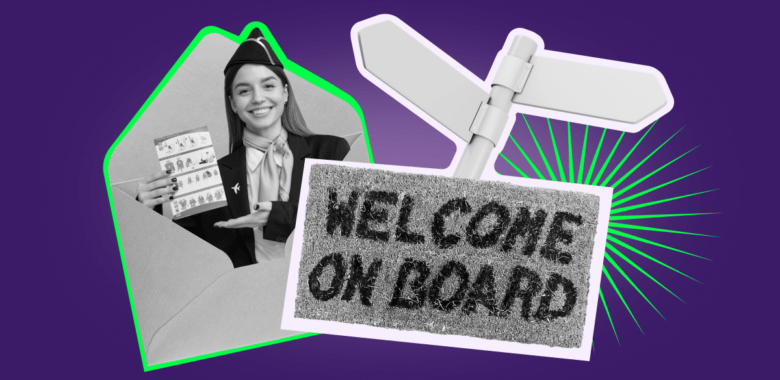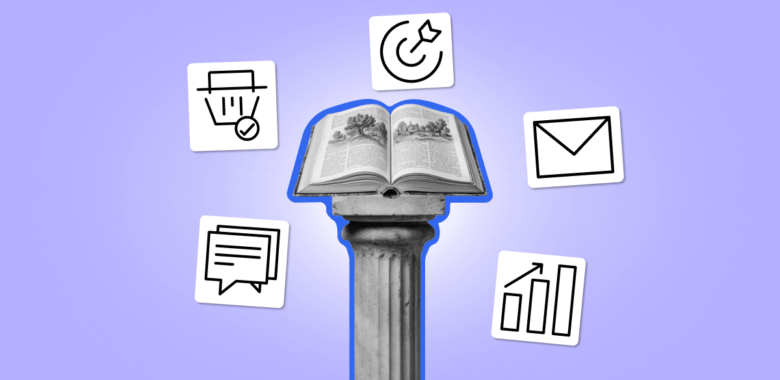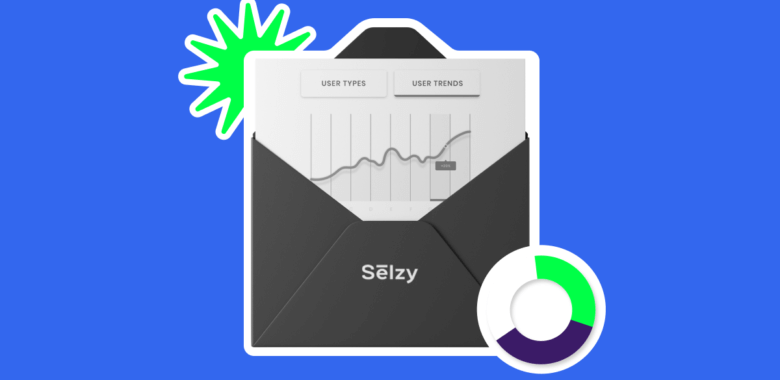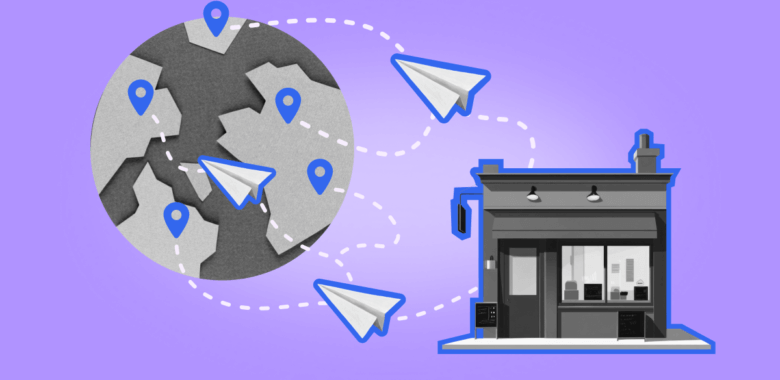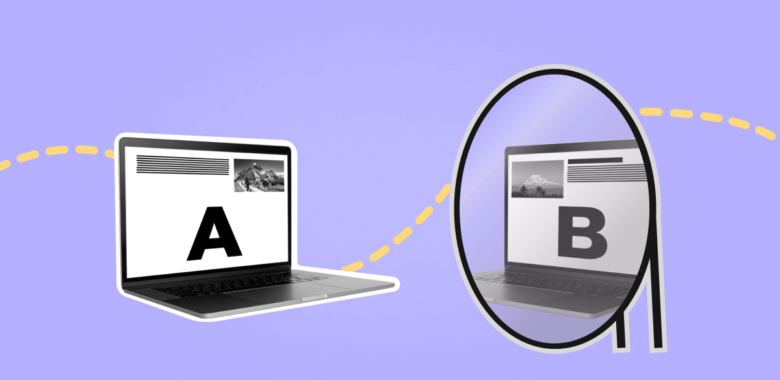Design and send out personalized messages with our flexible email builder — it’s available for free and easy to learn! And if you’re in need of some inspiration, check out our collection of useful templates for different marketing scenarios.
What are onboarding emails?
An onboarding email is a message that your new customer receives when they sign up for your product, start using your service, or purchase something from your brand. Want to leave a good first impression and make sure that people come back to your product regularly instead of dropping it after registration? The onboarding process is the solution.
Onboarding is an important first step in creating your customer’s journey with your brand. To really work as intended, it must include certain elements that will make the reader want to take this journey in the first place. It’s not necessary to cram everything into one email, but an ideal onboarding sequence should achieve several goals:
- Make the customer feel welcome in your community by greeting them.
- Guide them to your customer support and knowledge base.
- Reinstate the value and purpose of your product.
- Outline the next steps of the customer journey.
In part, onboarding emails are very similar to welcome emails, but there are some differences:
- A welcome email is your one-time opportunity to say hi and introduce your customers to the basics of your product.
- The onboarding process can include a whole series of emails that invite the reader to dig deeper into the product and find necessary support, growing loyalty and retention.
The distinction is pretty subtle, so welcome emails often merge with the onboarding ones. There’s no strict rule that says you can’t use welcome or even upsell emails in your onboarding sequence. In fact, it can be beneficial to include different email types and highlight interesting aspects of your product or service for your new clients to explore. Just don’t go in too hard, or your friendly intentions may quickly become annoying.
